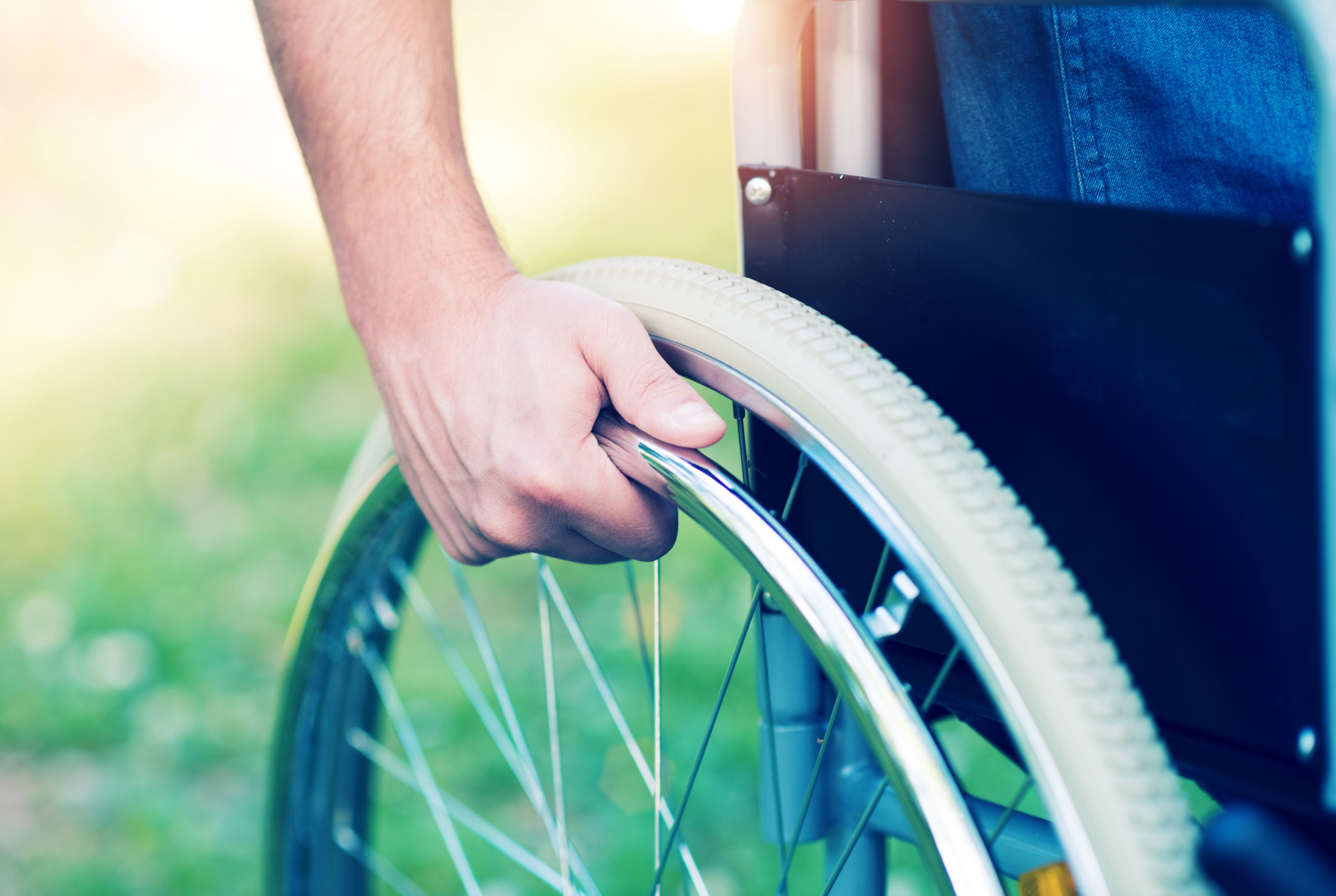How to Make Your Mobile Home Handicap Accessible
Although 6.8 million Americans require mobility devices for their daily lives, half of these individuals report that they need to contend with stairs when entering and exiting their homes. This puts unnecessary strain on the millions of people with accessibility needs, so it’s important to eliminate the problem wherever possible.
A mobile home is an excellent solution because you can add handicap accessible features to it quickly and easily. Read on to learn how you can upgrade your mobile home features to make it more handicap friendly.
Why Mobile Homes?
Mobile homes are an often-overlooked choice for anyone looking for a place to live. Renting a mobile home is significantly cheaper than renting a manufactured house in most cases. Sometimes the rent is only $300 per month!
If you plan to remain in one place for a long time, you can also buy a mobile home. Assuming that you choose a quality home in the right location, this is a wonderful and less-expensive alternative to traditional housing.
One of the biggest benefits of mobile homes is that they are extremely customizable. If you have someone in your household with accessibility needs, you can add features to your home without needing to rip it apart. You can simply remove an area of your wall, extend it with other portable materials, and enjoy your renovations within a day or two.
Wide Doorways
One of the easiest features that you can adjust on a mobile home is your doorways. Most doors span 24″ or 26″ across, which makes accommodating a mobility device difficult. You can have 36″ doors easily installed into your mobile home to ensure that those in wheelchairs and walkers can easily move between rooms.
With a permanent home, you would need to demolish your doorway and rebuild it to make this happen. However, in a mobile home, you can simply remove parts of the wall around your door to make it bigger. This simple process is a great way to ensure that you or your handicapped loved ones can easily experience every part of the space.
Wheelchair Ramps
Wide indoor and outdoor doorways aren’t the only things that wheelchair-bound individuals need to move freely. They also need ramps to get into the home.
Make sure that you install a wheelchair ramp that leads into your wide front door. Include an open space behind the door so that the wheelchair can easily maneuver and get into different areas of the home.
You also will want to install ramps that allow easy access to various rooms. The bathroom is a critical one since those in wheelchairs will likely need a ramp to get to the toilet. Make sure that you include handrails at the top of the ramp so that individuals with mobility needs can get onto and off the toilet.
Handrails
Speaking of handrails, you likely should incorporate this feature throughout more areas of your home. They aren’t just grab bars for bathrooms- they can offer a sense of safety and stability throughout the home. This is especially the case for hallways and narrower passageways within your space.
Handrails can also be useful around the entrance and exit of your home. They’re also good for spaces where handicapped individuals might transition between rooms. If people move from one wheelchair to another (or to a walker) at a specific location, grab bars may also help to make this transition easier.
A Walk-In Shower
An accessible bathroom isn’t just one that features handrails. It also needs a shower large enough to accommodate a wheelchair. While people aren’t going to shower inside their wheelchair, they’ll need the space so that they can transition into a bath chair that makes bathing a simpler process.
Make sure that the walk-in shower is at least as wide as your doorways. It probably should be wider so that moving between mobility devices is even easier. It’s easy to install these features in a mobile home, so make sure that you ask about getting them put into your house.
More Open Spaces
An open floor plan might be difficult to implement after your mobile home is built and purchased. While it’s possible, you would need to alter the entire structure of the building’s interior. Luckily, it’s more than possible to find a mobile home that already has more open spaces.
A wider space lets those in wheelchairs maneuver easily throughout their homes. They don’t need to worry about moving around tight spaces and trying to get from room to room. They also don’t need to worry about moving through hallways or getting onto wheelchair ramps since they’ll have the space needed to do so.
Higher Countertops
Most countertops are made to sit around chest height for a person who is standing. Unfortunately, those in wheelchairs (or people slouched over walkers) can’t easily access these countertops. They would need to use their arm strength to pull themselves up towards the countertop, which isn’t even possible for many people.
Make sure that you talk to a mobile home builder about installing countertops at wheelchair height. Those in these chairs will then have the freedom to cook and access kitchen tools on their own. They also can use the surface as a table where they can eat, write, or go on the computer.
Rent or Buy a Mobile Home
While most regular houses struggle with handicap accessibility, mobile homes don’t have this issue. You can easily remedy it by talking to professionals and adding new features to their design.
Now that you know how you can make a mobile home more accessible, it’s time to get started. We’re committed to helping you find homes to buy or rent. Contact us with any remaining questions that you have about living in a modular home with special needs.

